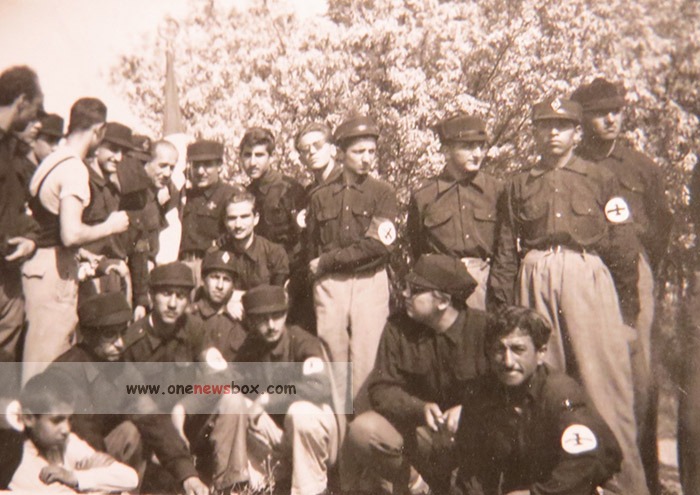Some historians suggest that the court itself may have helped create or support SOMKA as a tool to undermine the Tudeh Party. Others view it as a genuine grassroots fascist movement. Regardless, by the 1950s, SOMKA had effectively disappeared as an organized political force.
Monshizadeh went into exile, and remnants of the movement either faded into obscurity or joined other nationalist opposition groups, such as those led by General Bahram Ariana, especially after the 1979 Islamic Revolution. In exile, SOMKA’s influence persisted through publications, memoirs, and nationalist diaspora networks, though it never regained political relevance.
Legacy
SOMKA’s legacy remains contentious. Some nationalist circles see it as an idealistic attempt to revive Persian greatness and oppose Soviet and Western dominance. Others view it as a dark flirtation with foreign fascism and racial ideology incompatible with multicultural history.
In academic and political discourse, SOMKA is often used as a cautionary tale—highlighting the dangers of ideological extremism and foreign ideological importation. Its brief existence reflects a volatile era in history when monarchism, socialism, Islamism, and fascism all vied for influence in a rapidly changing society.

